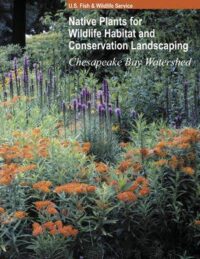
How Can a Plant be Invasive?
Invasive plants displace native plants through rapid spreading or preventing native flora from receiving the necessary light, water, or nutrients they need to survive. Invasive plants can affect the plants around them, and they can also make big, detrimental changes to the ecosystem, such as suffocating a tree. This thereby transforms a shady area into one with full sun, which deprives plants of shade and animals of a place to shelter. They can damage the soil, create erosion, and be poisonous to wildlife. Invasive shrubs and plants not suited for warmer climates can also dry out and create an increased risk for fires.
The best way to create a healthy ecosystem and prevent invasive plants from taking over your property is by buying native plants from nurseries and garden centers and removing invasive plants when they appear.
Common Invasive Plants to Watch Out For
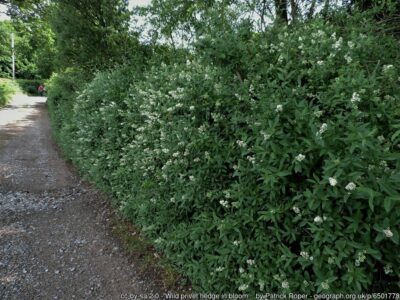
Border Privet
Typically planted as a boundary or privacy shrub, the fast-growing Border Privet can grow up to 20 feet tall. They produce a small berry with seeds that can be spread by birds.
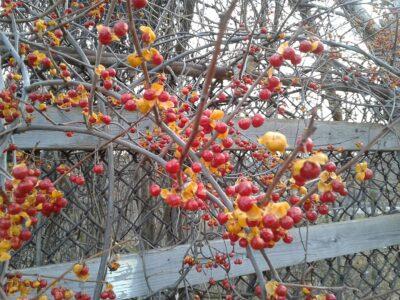
Oriental Bittersweet
A climbing vine, the Oriental Bittersweet quickly spreads and ensnares neighboring shrubs and trees, suffocating them. They can create a falling branch/tree hazard if not dealt with. It’s best to pull them up at the root before they can produce fruit and spread further.
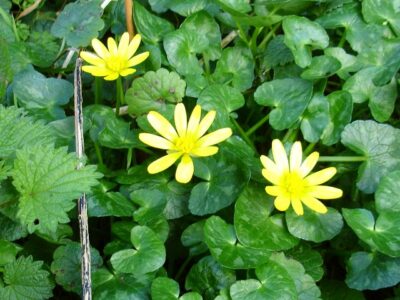
Lesser Celandine
Rapidly growing groundcover, Lesser Celandine is one of the first flowering plants in Spring, draining the soil of nutrients before other established native plants and perennials wake from dormancy. This plant also alters the PH levels of soil and makes it harder to grow other plants in the area. It’s very hard to remove once established.
Kudzu and English Ivy
Taking over the Southeast of the United States, kudzu vines can grow up to a foot a day and quickly take over roadsides and unmaintained forests. English Ivy is commonly seen growing on the sides of fancy houses and manors, but it can weaken masonry and it spreads so thoroughly that it can prevent trees from receiving enough sunlight to support themselves. The leaves and berries are toxic to humans.

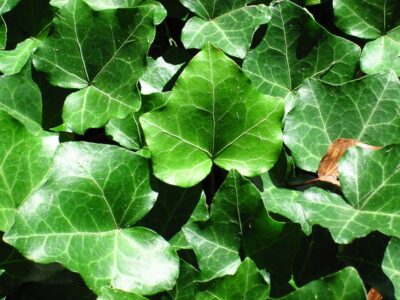
Learn More about Native Plants From our Collection
Native Plants of the Northeast: a Guide for Gardening & Conservation by Donald Joseph Leopold
“No other single volume on native plants has such comprehensive horticultural coverage as Native Plants of the Northeast: A Guide for Gardening & Conservation. Nearly seven hundred species of native trees, shrubs, vines, ferns, grasses, and wildflowers from the northeastern quarter of the United States and all of eastern Canada are included. Of course, the natural ranges of many of the plants extend beyond this area, and the book is an essential resource for everyone interested in gardening with native plants of all kinds, as well as those who need the information provided here for habitat restoration and enhancement of biodiversity for the sake of conservation.” “Natural plant communities of eastern North America are described, providing a foundation for the choice of plants for different areas and climates – or a variety of sites in the garden – as well as for restoration of native plant habitats. Illustrated throughout with color photographs, the encyclopedic portion of the book includes practical advice on cultivation and propagation in addition to descriptions, ranges, and information on hardiness. An appendix recommends particular plants for difficult situations and for attracting butterflies, hummingbirds, and other wildlife. Written from the unique perspective of an author who has professional credentials in horticulture, botany, forestry, and ecology as well as hands-on practical experience, this book is the most trust-worthy single source for all who wish to cultivate native plants.”
–Jacket
Bringing Nature Home: How Native Plants Sustain Wildlife in our Gardens by Douglas W. Tallamy
In Bringing Nature Home, Doug Tallamy encourages the use of native plants in gardening. This book asks and answers questions for modern gardeners inclined to good stewardship. How can we adjust our planting palette to be both beautiful and envitonmentally useful? How much more does a local oak species contribute to habitat richness then an out-of-ecological-context exotic tree? What do violets and fritillary butterflies, or pawpaws and zebra swallowtails have in common? Where might tomorrow’s species come from?
This guide is intended to help in the selection of native plants for habitat restoration and natural landscaping projects. All the plants occur naturally in the parts of the Mid-Atlantic region.



